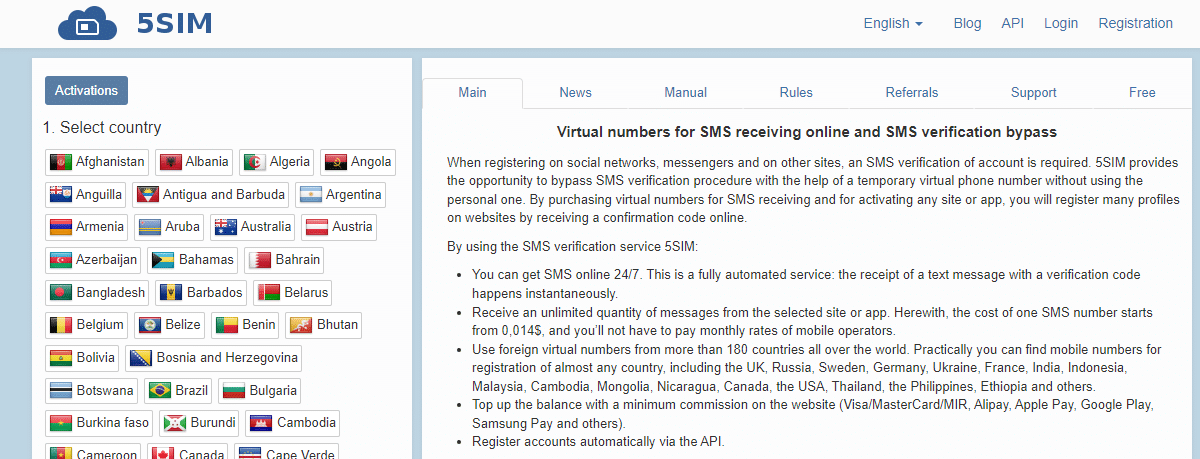Engribards: Revolutionizing Environmental Control and Sustainability
In the quest Engribards for sustainable living and environmental conservation, innovative solutions are emerging that address challenges in various industries. One such solution gaining traction is the use of “Engribards.” These sophisticated devices have garnered attention for their potential to revolutionize the way we control and manage our surroundings. In this article, we’ll explore what Engribards are, how they work, their benefits, and their impact on the environment.
What Are Engribards?
Engribards, short for “Environmental Grid Barriers,” are advanced technological systems designed to provide precise control over environmental conditions within a specified area. These barriers are equipped with an array of sensors, actuators, and control mechanisms that work together to create a tailored environment for diverse applications.
The Origins of Engribards
The concept of Engribards originated from the need to address complex environmental challenges. Traditional methods of environmental control often fell short in achieving desired outcomes, leading to the development of this innovative solution. The concept was refined over years of research and development, culminating in the creation of the modern Engribards we see today.
How Do Engribards Work?
Engribards operate by creating a dynamic grid of control points within a given space. Each control point corresponds to a specific sensor and actuator configuration, allowing for fine-tuned adjustments. These sensors continuously monitor environmental variables such as temperature, humidity, air quality, and light levels. Based on the collected data, the actuators make real-time adjustments to create an optimal environment.
Benefits of Engribards
The application of Engribards spans various domains, including agriculture, architecture, urban planning, and more. The benefits are remarkable, ranging from increased crop yields and energy efficiency to enhanced indoor comfort and reduced carbon footprints. Engribards offer a level of precision that was previously unattainable, leading to improved resource management and sustainable practices.
Common Misconceptions about Engribards
Despite their potential, Engribards are subject to misconceptions. Some believe that they are overly complicated and expensive, reserved only for large corporations. However, advancements in technology have made Engribards more accessible and cost-effective, opening doors for a broader range of users.
Choosing the Right Engribards for Your Needs
Selecting the appropriate Engribards system requires a thorough understanding of your specific requirements. Factors such as the intended application, size of the area, and desired environmental parameters play a crucial role in determining the ideal system configuration.
Installing Engribards: A Step-by-Step Guide
The installation process of Engribards involves several key steps. It begins with a comprehensive assessment of the space, followed by the positioning of sensors and actuators. The system’s software is then configured to align with desired settings, ensuring a seamless integration with the existing infrastructure.
Maintenance and Care of Engribards
Ensuring the longevity and effectiveness of Engribards demands consistent maintenance. Regular calibration of sensors and actuators, software updates, and periodic inspections are essential to guarantee optimal performance over time.
Comparing Engribards with Traditional Solutions
A significant advantage of Engribards lies in their ability to outperform traditional environmental control methods. Whether compared to manual monitoring and adjustments or conventional automation systems, Engribards offer unparalleled precision, adaptability, and efficiency.
Case Studies: Real-world Applications of Engribards
The real impact of Engribards becomes evident when examining their successful implementation across various sectors. From vertical farms that maximize crop yield in limited spaces to sustainable building designs that prioritize occupant well-being, Engribards are transforming industries and reshaping possibilities.
Future Trends in Engribards Technology
As technology continues to evolve, so do Engribards. Anticipated trends include
FAQs
- Are Engribards suitable for residential use? Yes, Engribards can be scaled down for residential applications, offering personalized environmental control.
- Do Engribards require a constant internet connection? While an internet connection can enhance their capabilities, Engribards can function autonomously without it.
- Can Engribards adapt to extreme weather conditions? Engribards are designed to adapt to varying conditions, but their effectiveness may be limited in certain extreme scenarios.
- Are Engribards compatible with renewable energy sources? Absolutely, Engribards can integrate seamlessly with renewable energy systems to further enhance sustainability.
- How do Engribards contribute to energy savings? Engribards optimize environmental conditions, reducing the need for excessive heating, cooling, or lighting, leading to energy savings.




